News
Candy colors for 2021 defined by the pandemic
15 Apr 2021Candy innovation will be a mixed bag this year as consumers continue to react to the effects of the pandemic. After a year of continual concern about one’s health, color has become the new playing field where consumers are looking for a healthier alternative to artificial hues.
In particular, soothing neutrals and energizing colors are in vogue with consumers, which is in line with Pantone naming two colors as Color of the Year in 2021: Ultimate Gray and Illuminating (yellow).
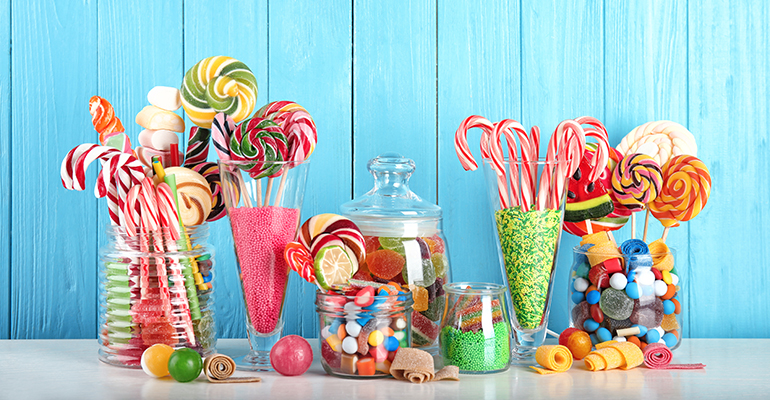
ADM has already seen this trend coming to life in its forecasting with neutral colors appearing alongside indulgent flavors like chocolate, coffee and caramel as consumers look to comfort themselves with their food choices. Data from the International Food Information Council (IFIC) in January showed that one in four consumers is relied on comfort food as an indulgence in 2020 as a result of the pandemic.
Brightly colored botanical flavors that are familiar to people are will also be popular in 2021 as shoppers seek colorful choices that emanate happiness. With 28% of consumers seeking out energy-boosting products like caffeine, according to IFIC, it is clear that one’s association with the functional benefits of food extends to its color.
Color is an important component of any product because it is one that has a subconscious effect. A bright hue is the first indication of flavor that one receives from food, and certain colors are selected precisely because of the emotional reaction they evoke. In fact, 90% of shoppers make purchasing decisions based on the perceived taste that color indicates, according to a study by Emerald Insights.
Red rings hunger signals due to its association with calorie-rich food. Yellows and purples also cause us to salivate due to the energy content associated with the foods sporting this shade in nature. Blue represents novelty and excitement, but only when it is vibrant; in nature, blue food is indicative of an inedible or poisonous substance.
These evolutionary signals associated with color have become progressively more important as consumers have begun to push manufacturers to devise natural color alternatives. From vegetable juices and spices to beta carotene and carmine, plant-based colorants have become a focus in 2021. While many brands like Welch’s and Project 7 have released gummies colored with natural solutions, other companies have bucked the trend.
Candy company Mars Wrigley originally announced in 2016 that it would remove all artificial colors from its products. At the beginning of 2021, the company changed its stance and has now said it will not remove artificial colors from its portfolio.
Despite the continued divide over the use of natural colors by candy manufacturers, consumers still want to see natural solutions. In the IFIC’s annual Food & Health Survey, 85% of consumers said that they changed their diets due to the pandemic with 20% reporting they are making healthier choices. Ingredient manufacturers are taking consumers at their word and are working to develop natural color alternatives.
ADM patented a tropical fruit called huito last year and GNT is growing its natural Exberry color collection that is created using a base of plant and vegetable hues. Fermentalg and Chr. Hansen also have formulations that are derived from natural sources.
Related news
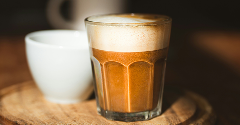
Oat Barista: Innovation for game-changing beverages
20 Nov 2025
Oat Barista is a clean label, sustainable, and innovative drink base specifically designed to create the perfect foam in one single ingredient.
Read more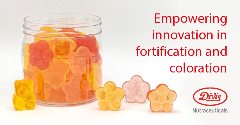
Empowering innovation in fortification and colouration
13 Nov 2025
Divi’s Nutraceuticals offers a large portfolio of innovative, high-quality ingredients for foods, beverages, and supplements, with bespoke solutions and expert support for product success.
Read more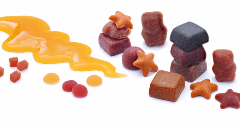
From fruit to functional solutions: Meet Paradise Fruits at Fi Europe in Paris
13 Nov 2025
Paradise Fruits Solutions and Paradise Fruits Health will showcase their combined expertise in delivering innovative, fruit-based solutions to the food and beverage industry at the upcoming Fi Europe trade show (2-4 December 2025, Paris).
Read more
New UPF standard hoped to offer consumers ‘coherence and clarity’
10 Nov 2025
Ingredients companies are being urged to enter “a new era of partnership and innovation” following the launch of the industry’s first non-UPF verification scheme.
Read more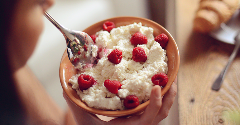
Cottage cheese makes a comeback as consumers call for cleaner labels
6 Nov 2025
From ice cream to dips and ready meals, cottage cheese is experiencing a renaissance as a high-protein, clean ingredient for health-conscious consumers.
Read more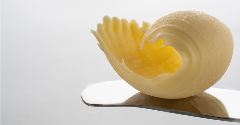
Bord Bia presents Irish dairy ingredient suppliers at Fi Europe
6 Nov 2025
Dairygold Co-operative Society, The Carbery Group, and Ornua Co-operative: Meet with sustainable producers of Irish dairy ingredients at Food ingredients Europe 2025, Hall 7.2 Stand M18.
Read more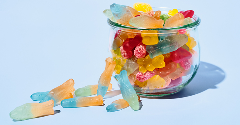
Shorter drying time, sweeter success!
30 Oct 2025
Curious about cost-effective, sustainable and delicious candy making? Stefan Wessel reveals how Avebe’s solutions reduce drying time and energy use by up to 50%.
Read more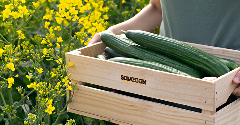
Could plant-based protection replace plastic packaging?
29 Oct 2025
Swedish foodtech company Saveggy has launched an additive-free plant-based protection for cucumbers, offering a waste-free packaging solution for fruit and vegetables.
Read more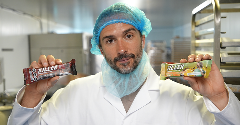
Will Wicks’ Killer Bar harm the protein bar category?
23 Oct 2025
Joe Wicks’ deliberately dangerous protein bar is fuelling anti-UPF sentiment – but there are concerns that his messaging is misguided and could have unintended consequences.
Read more
Expanding boundaries in food & beverage innovation
23 Oct 2025
IMCD and FrieslandCampina Professional expand partnership to deliver Kievit® across EMEA, enabling brands to enhance quality and accelerate time-to-market for tomorrow’s food & beverage creations.
Read more